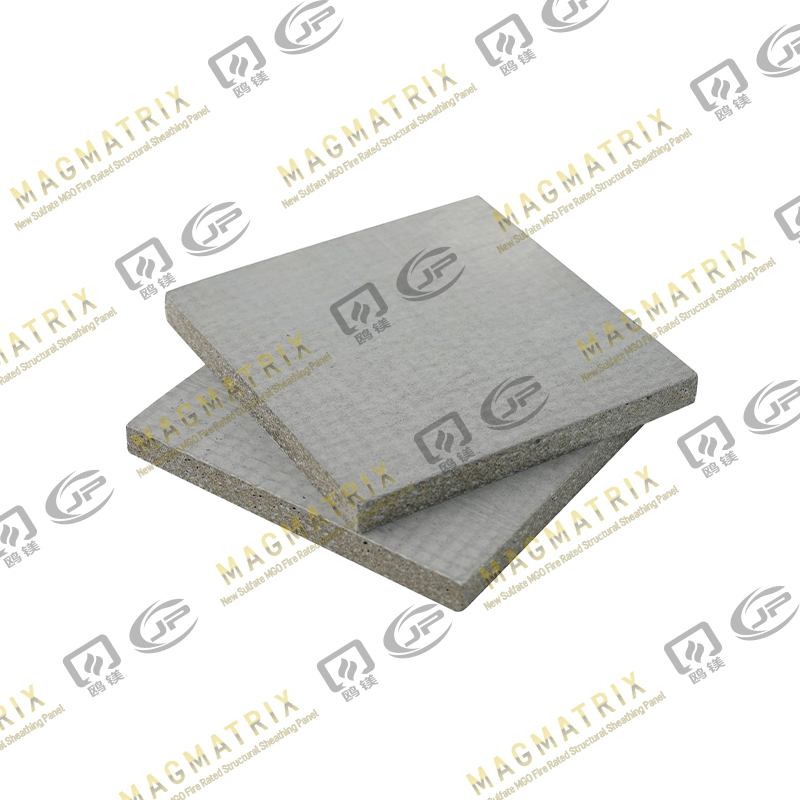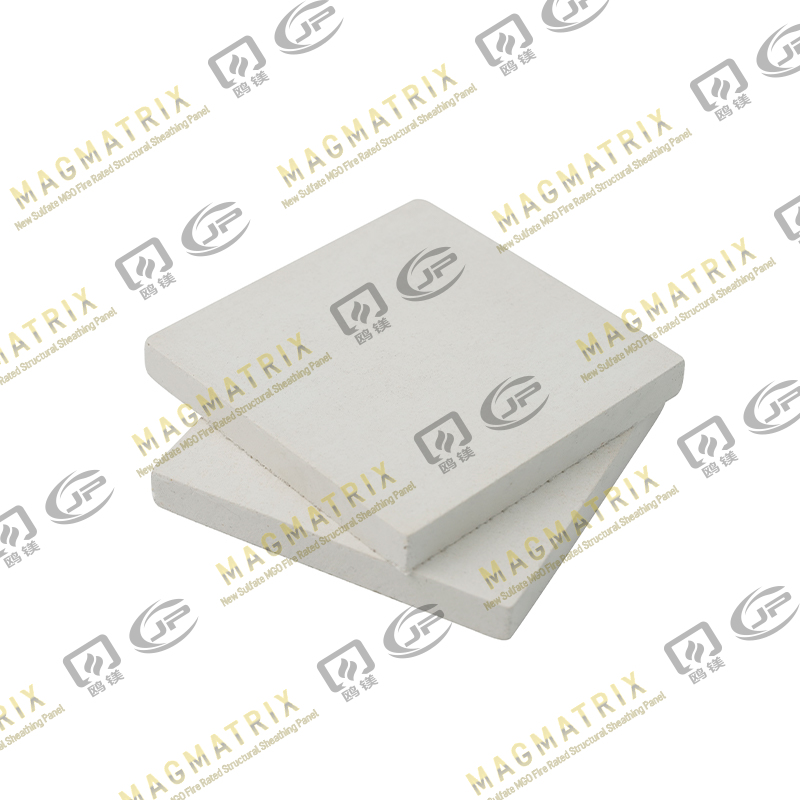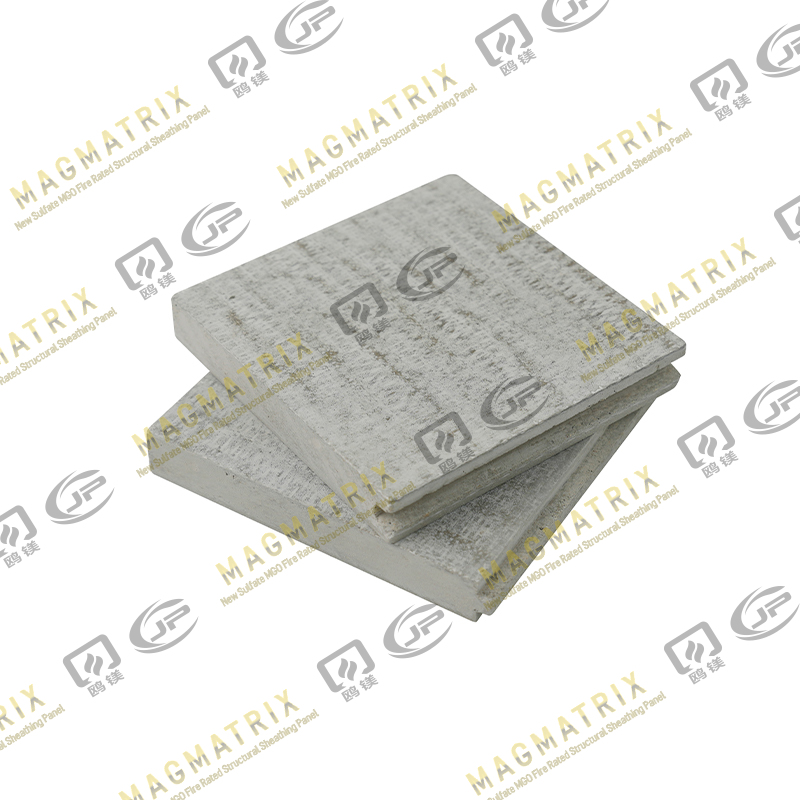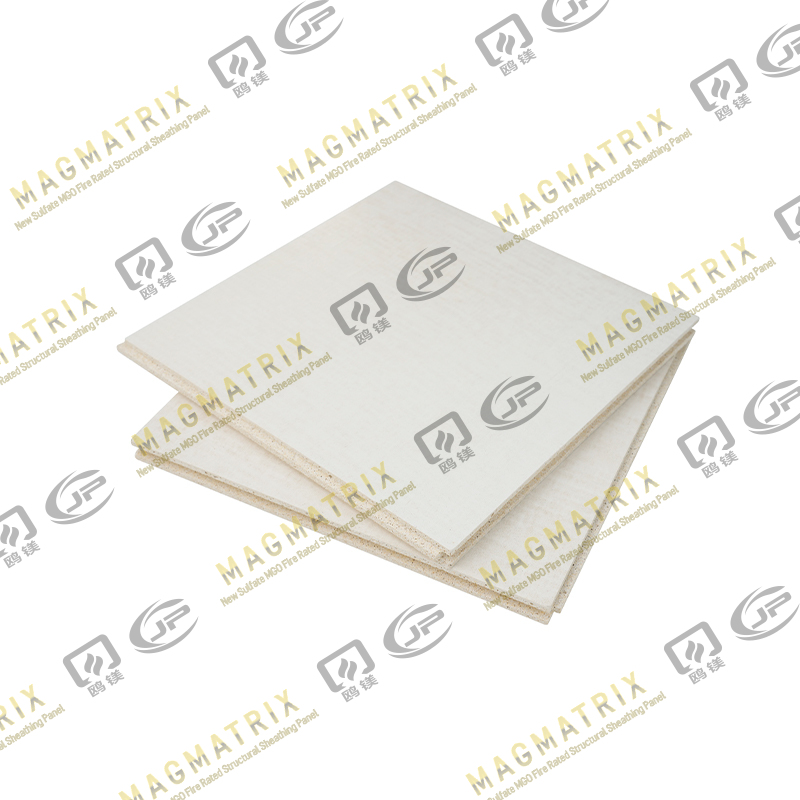When it comes to flooring projects, choosing the right underlayment is essential for durability, comfort, and long-term performance. One product that has gained popularity in recent years is the MgO Underlayment Panel. Known for its fire resistance, moisture resistance, and structural stability, MgO panels are increasingly used in both residential and commercial flooring applications. A common question among homeowners, contractors, and DIY enthusiasts is: Can MgO Underlayment Panels be installed over concrete floors?
What Are MgO Underlayment Panels?
MgO (magnesium oxide) underlayment panels are a type of construction board made from magnesium oxide, magnesium chloride, and reinforcing fibers. They are designed to provide a smooth, stable, and moisture-resistant surface for finishing floors such as vinyl, laminate, tile, or engineered wood. Unlike traditional plywood or cement boards, MgO panels are lightweight, fire-resistant, mold- and mildew-resistant, and dimensionally stable, which makes them particularly suitable for challenging installations, including over concrete substrates.
Can MgO Underlayment Panels Be Installed Over Concrete?
Yes, MgO Underlayment Panels can be installed over concrete floors, but successful installation requires careful preparation and adherence to recommended procedures. Concrete floors, whether new or existing, can present challenges such as moisture, uneven surfaces, and cracks. Addressing these issues before installing the panels is critical for achieving a long-lasting flooring system.
1. Assessing the Concrete Floor
Before installing MgO panels, it is essential to evaluate the concrete subfloor:
-
Moisture Content: Even though MgO panels are resistant to moisture, excessive moisture in the concrete can affect adhesives and the flooring installed on top. A moisture test (such as a calcium chloride test or using a moisture meter) should be performed to ensure the concrete meets the manufacturer’s moisture guidelines. Typically, the moisture level should not exceed 3–5% for most flooring types.
-
Flatness and Levelness: Concrete floors must be level within industry standards. Uneven surfaces can lead to hollow spots, squeaks, or uneven wear in the finished floor. Self-leveling compounds may be required to correct dips or high spots.
-
Cracks and Damage: Existing cracks should be repaired before installation. While MgO panels are strong, they cannot prevent structural movement in the concrete beneath them.
2. Preparing the Concrete Surface
Proper surface preparation ensures a strong bond and long-lasting performance:
-
Cleaning: Remove dust, dirt, grease, or adhesives from the concrete. Even small amounts of debris can interfere with panel adhesion.
-
Priming (if required): Some installation methods recommend a primer or bonding agent applied to the concrete to enhance adhesion. Check the MgO panel manufacturer’s guidelines.
-
Moisture Barrier: Depending on the flooring type and concrete condition, a polyethylene sheet or specialized vapor barrier may be recommended between the concrete and MgO panels.
3. Installation Methods
MgO Underlayment Panels can be installed over concrete using several methods:
-
Direct Adhesion: Panels can be glued directly to the concrete using a recommended construction adhesive. This method is often preferred for thinner panels and ensures a solid, continuous substrate.
-
Floating Installation: In some cases, MgO panels are installed as a floating layer over a vapor barrier, allowing slight movement without cracking. Edges are usually taped or sealed to maintain stability.
-
Mechanical Fastening: While less common over concrete, some installations may use specialized fasteners into the concrete, particularly in commercial settings.

4. Panel Orientation and Layout
-
Stagger Joints: To reduce the risk of movement and ensure stability, panel joints should be staggered across the floor.
-
Acclimation: MgO panels may need to acclimate to the room’s temperature and humidity for 24–48 hours before installation. This helps prevent warping after installation.
-
Expansion Gaps: Leave appropriate gaps at walls and other fixed structures to allow for natural expansion.
5. Tiling and Flooring Over MgO Panels
Once installed, MgO panels provide a smooth and stable base for various flooring types:
-
Tile: MgO panels are ideal for tile installations because they are dimensionally stable and can handle thin-set adhesives well.
-
Laminate and Engineered Wood: Panels provide a moisture-resistant layer that helps protect wood floors from concrete moisture.
-
Vinyl and Carpet: The panels create a level surface that enhances the look and feel of resilient flooring and carpet installations.
6. Advantages of Using MgO Underlayment Panels Over Concrete
-
Moisture Resistance: Unlike plywood, MgO panels resist mold and mildew, making them suitable for basements or areas with higher humidity.
-
Fire Resistance: MgO panels can help improve the fire rating of your flooring system.
-
Ease of Installation: Panels are lightweight, easy to cut, and can be installed relatively quickly.
-
Durability: MgO panels are strong and dimensionally stable, reducing the risk of cracks or movement over time.
7. Common Pitfalls to Avoid
-
Ignoring Moisture Issues: Failing to test and address concrete moisture can lead to adhesive failure or damage to the flooring above.
-
Improper Surface Preparation: Dust, debris, or uneven concrete can compromise the panel’s performance.
-
Skipping Expansion Gaps: Panels need room to expand slightly. Without gaps, edges may buckle or create uneven surfaces.
Conclusion
MgO Underlayment Panels are a highly effective solution for installing flooring over concrete. They provide a stable, moisture-resistant, and fire-resistant base suitable for tile, laminate, vinyl, and wood floors. However, success depends on careful preparation of the concrete, proper installation techniques, and adherence to manufacturer recommendations. By addressing concrete moisture, leveling, and panel layout, homeowners and contractors can achieve a durable, long-lasting flooring system that maximizes the benefits of MgO underlayment panels.
 BMSC 517 New Sulfate MgO Board
BMSC 517 New Sulfate MgO Board Multi-Support MgO Wall Sheathing Board
Multi-Support MgO Wall Sheathing Board Perseverance MgO Wall Sheathing Board
Perseverance MgO Wall Sheathing Board Multi-Support MgO Subfloor Sheathing Board
Multi-Support MgO Subfloor Sheathing Board Perseverance MgO Subfloor Sheathing Board
Perseverance MgO Subfloor Sheathing Board MagMatrix MgO Underlayment Panel/board
MagMatrix MgO Underlayment Panel/board


 English
English русский
русский Español
Español




